Reading a motor label to a layperson (and some pool techs) is a sketchy task. As we scour the fading label that contains a jumble of numbers and abbreviations, our brows will furrow in confusion. If this is you, it is ok because you are in the majority rather than the minority. Most with general knowledge can understand horsepower (HP), amps, and volts, but the rest will look completely foreign.
The key to finding the motor match is using any of the following identification numbers on the motor label.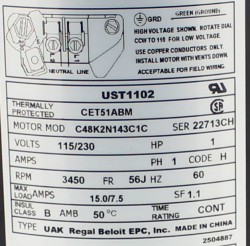
Catalog (CAT)
The most common identification number on the motor label is the Catalog number; because of its commonness, it is the easiest to track a match. CAT numbers have varying formats, for example, UST1102, ST1152, B2854, or B854.
The first format follows the line of UST1102 and ST1152. The UST stands for an uprated motor, “ST-” translates to full rated. The same applies to square flange motors that begin with USQ and SQ. The last four digits show its HP: -1102 = 1 HP, -1152 = 1.5 HP, -1202 = 2 HP and so on.
Another example of a catalog number format is the B854 or B2854. These numbers translate to the same motor; the two after the B are a little confusing but essentially superfluous.
Part Number (P/N)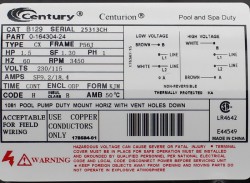
Century motors have a unique digit-based part number format; the basis of their pattern is X-XXXXXX-XX. An example model number is 7-196443-05; the whole number or the middle six digits can be used to search for a match. To my knowledge, this numbering system has no rhyme or reason. If there is, please shoot me an email.
Motor Model Number (MOD)
The motor model number is the longest of all the numbers, but its prefix will come in one of three forms: C48, K48, or S48 (for spas.) Following the prefix is a combination of numbers and letters that keep to a pattern, as seen in these examples: C48L2N134C1, C48K2N143, K48N2PA105.
Ratings
Besides the identification numbers, the motor label contains ratings that can be grouped into two groups: Primary and Secondary. Primary ratings will be the most important ratings to be matched when comparing your old motor label and a prospective replacement. Secondary ratings are good to understand but will not have much sway in one motor being better than another.
Primary Ratings
- Horsepower – The unit of measurement by which we measure a motor’s power output. The higher the horsepower, the more powerful the motor, in theory. We say in theory because to calculate the motor’s “Total HP,” we will need the service factor.
- Service Factor (SF) – The service factor is a multiplier by which we can determine a motor’s “Total HP.” The formula is thus: HP x SF = Total HP. In addition, the service factor defines the motor as either Uprated (1.25 and below) or Full Rated (1.3 and above.)
- Amps – The motor’s current usage which is the major factor when comparing the power consumption of motors
- Volts – The standard motor volt availability for residential pools will be 115 or 230. Most mid-range motors like the ¾, 1, and 1.5 HP motors are dual voltage that can run on both 115 or 230. For 2 HP motors and above, those are strictly 230 voltage.
- The frame (FR) – Motors have two distinct flange bolt pattern designs, the Y-Frame (Square) and J-Frame (Round). In addition, motors have two barrel widths rated as either 48 or 56.

Secondary Ratings
- Hertz (Hz) – What’s The Frequency, Kenneth? For the United States, the Hz on our appliances is rated 60; for our European friends, they keep it at 50. Hertz is the measurement of frequency in which the current cycles through a circuit. Some of your home appliances may be labeled as 50/60 because they work on both, but motor labels only work on one or the other.
- Phase (PH) – Pump motors are available in either Single or Three phases. The three-phase option is used almost exclusively for commercial applications. Single-phase motors are the standard in residential pools.
- RPM – Revolutions Per Minute (RPMs) measures how many times the motor shaft will spin in a minute. Single-speed motors run at a standard 3450 RPMs, while dual-speed will be rated at 3450/1725 to denote high and low speeds.
- Duty – Pool motors are marked as Continuous (CONT) duty meaning they can be run 24/7 without detriment to their longevity. Most homeowners run their motor 4-8 hours a day to conserve energy, depending on need.
- Ambient Temp (AMB) – This is the highest outside temperature in which the motor can be used. Don’t worry that your motor says 50 DEGREES; the scale is Celcius, which is 122 degrees Fahrenheit.
- Enclosure (ENCL) – The enclosure type refers to whether the motor is open or closed. All induction motors are “Open” or “Dripproof” to allow air circulation to cool the motor. Variable speed motors are sealed because their motor internals does not generate the heat that plagues induction motors.
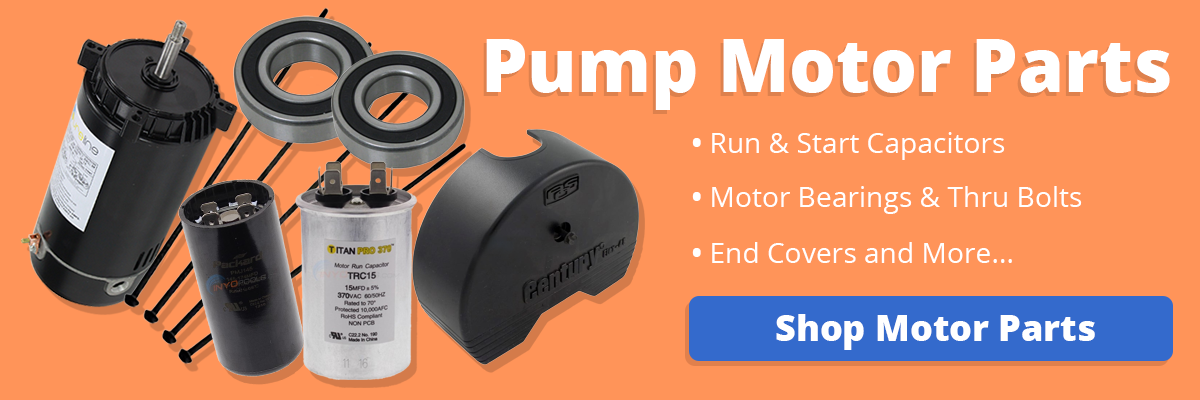

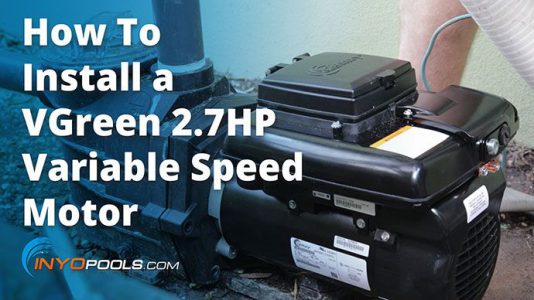
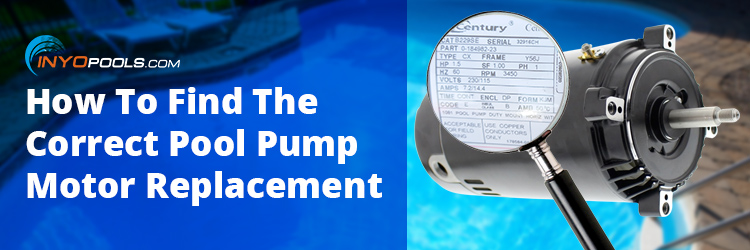
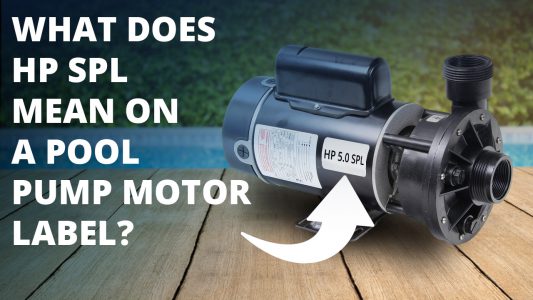
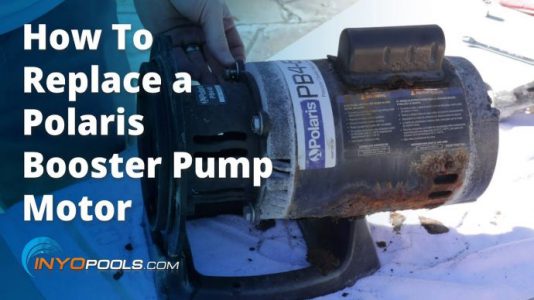






Very useful info. I printed these 2 pages to keep on hand. Appreciate it.
Nice! Glad it was helpful.
http://gawston.eu/ accimampubrish
I have found loads of useful info on your website this page in particular. Thank you for sharing.